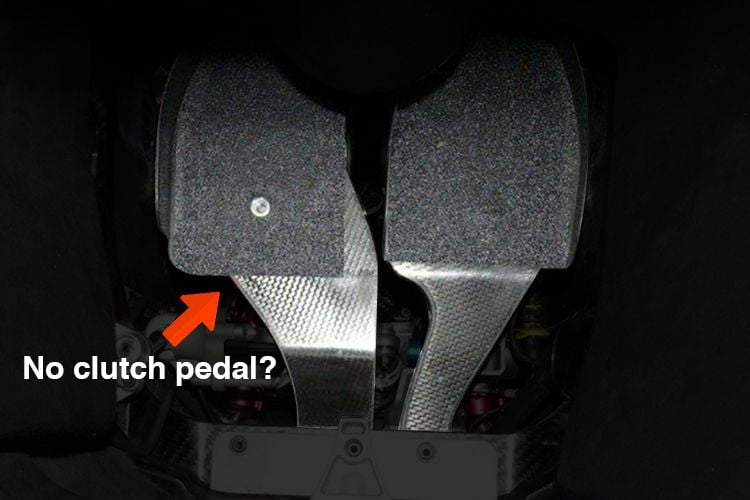Last Updated on September 23, 2023 by Pittalks
Since its invention in the early 19th century, the clutch has been a key component of all motor vehicles. But do race cars like those in Formula One (F1) still need them?
Ultimately the question is, do f1 cars have a clutch pedal? The answer is no, but they do have a clutch. How is that?
They are different from the ones you would find in your manual cars. Nowadays, F1 cars have only 2 pedals: one for the accelerator and one for the brake. The “clutch pedal” was changed into a “clutch paddle” attached to the steering wheel.
Let’s see how and why they are different.
What is a clutch?
A clutch transfers the engine’s power to the gearbox. It allows you to change gears and to stop the car without the engine stopping. In order to let the engine keep on running while you stop or change gears, the engine and the gearbox must be disconnected.
That’s where the clutch comes in. As you already know, manual cars have a clutch pedal so that the driver can engage or disengage the clutch when needed.
In F1 cars, drivers only directly control the accelerator and brake, changing gears is done automatically. The only times they use the clutch manually are when the car start and pit.
The F1 clutch is mounted behind the engine and in front of the gearbox.
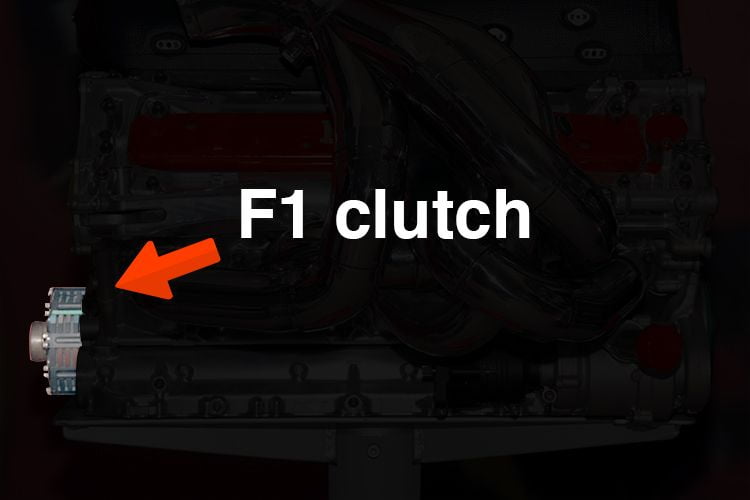
Why F1 cars don’t have clutch pedals?
F1 cars used to have 3 pedals, the accelerator pedal, brake pedal, and clutch pedal. According to Motor Biscuit, this was changed in 1989 when the Ferrari 640 introduced a paddle-shifted transmission to F1, which means drivers don’t have to use the clutch when changing gears. So they remove the clutch pedal as drivers rarely use it in a race.
With only 2 pedals left, it’s easier for drivers to control the car. “The paddle shift makes it very easy to change between gears, so there’s less chance of a mistake being made.” says former F1 driver David Coulthard. Moreover, 1 less pedal also means less weight.
As mentioned above, the “clutch pedal” was changed into “clutch paddles” attached to the steering wheel. Since 2008, automated launch control was banned, and drivers must now control their own starts by using these paddles.
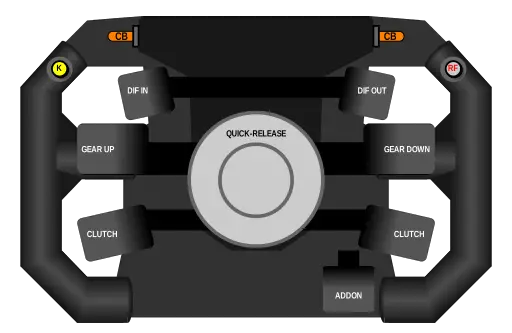
There are 2 clutch paddles behind the steering wheel, and they share the same function of engaging/disengaging the clutch. Before the cars start, F1 drivers preset clutch paddle #1 (exactly at the bite point) and fully depress clutch paddle #2. When the right light goes out, they just release clutch paddle #2 as quickly as they can and keep clutch paddle #1 pressed until the cars gain traction. Finally, they release paddle #1 to get the throttle control.
Still don’t get it, you can watch the short video below.
When did F1 cars stop using a clutch pedal?
The significant shift in F1 cars’ design happened around the turn of the 21st century. It was then when they stopped using a traditional manual clutch pedal! Can you believe it? The change was made to introduce semi-automatic gearboxes, which allowed drivers to change gears using paddles on the steering wheel.
This evolution was not just about speed; it was about efficiency and safety too.
Imagine how much concentration it takes to operate a manual clutch at speeds of over 200 mph! With the introduction of semi-automatic gearboxes, drivers could keep both hands on the wheel at all times, increasing control over the vehicle and focus on the race.
This incredible transformation has since become a standard in F1 cars, paving the way for further advancements in technology and design. So next time you watch an F1 race, remember how much has changed over the years and appreciate the sheer brilliance of these magnificent machines!
Related article: F1 Pit Stop Rules Explained
F1 clutch vs road car clutch
An F1 clutch is 20 times more expensive than a regular road car clutch, around 6000 pounds. It’s not surprising because F1 cars produce up to 1000 horsepower, whiles road cars produce less than 200 horsepower.
Therefore, the clutch in an F1 car works much, much harder. It’s also smaller (about 150mm) and lighter (less than 1.5 kg) as less weight means more speed.
Road cars have a clutch that is usually cast iron and high carbon steel. But the F1 one needs to be much stronger as it can reach speeds up to 240mph and the temperature can exceed 500°C (900+ °F). For those reasons, they are made of carbon fiber and titanium.
Another difference is the number of friction plates. Road cars have a clutch that has only one plate while the F1 one usually has 7. More plates mean that the diameter is smaller, making the design more compact.
These friction plates must be replaced very often as they are subject to huge stress, while a clutch found in manual cars can last over 100,000 km (over 60,000 miles) before needing replacement.
Read next: F1 vs NASCAR
How can an F1 car shift so quickly?
The critical aspect that contributes to this incredible speed and agility of these beasts is their semi automatic transmission (paddleshifters).
Paddleshifters are absolutely mind-blowing! They allow F1 drivers to change gears in a fraction of a second, much quicker than any human could manually. How they work is equally fascinating. The paddleshifters are mounted on the steering wheel itself, enabling drivers to shift gears without taking their hands off the wheel.
This means, no clutch, no manually moving a shift stick – just a quick flick of fingers and voila! The gear changes instantaneously.
Read more: What is DRS in F1?
How does a semi-automatic transmission work?
The semi automatic transmission system sends an electronic signal to the engine control unit (ECU) which activates the hydraulic system to engage or disengage the clutch.
This lightning-fast communication and action between the electronic and hydraulic systems allow for an incredibly speedy gear shift. Remember, in F1 racing, every millisecond counts!
So, thanks to this technological marvel – the paddleshifters, F1 cars can maintain their blistering pace and deliver a heart-pounding experience. Isn’t that just thrilling? Technology truly is a game-changer in the world of motorsports!
Read next: Are F1 Cars AWD?
F1 Clutch – make or break a race
Even though it’s a tiny part, the clutch is incredibly important for F1 race cars.
For example, in 2015, Lewis Hamilton was unlucky to have a malfunctioning clutch during the start of the Austrian Grand Prix. “I let the clutch out and it just underperformed. It’s something that I’ve been having since Barcelona and before that, I was having better starts.”, he said.
Technical problems with the clutch causing bad starts in F1 races are still reported nowadays and it seems like they will not go away any time soon.
Want to learn more about F1? Scroll down for more F1 explained!
You may also like: Are F1 cars manual? If so, how many gears do they have?
Other references:
- http://www.formula1-dictionary.net/start_sequence.html
- http://www.formula1-dictionary.net/clutch.html
- https://f1chronicle.com/how-formula-1-pedals-work-formula-1-technology/
Related articles
-
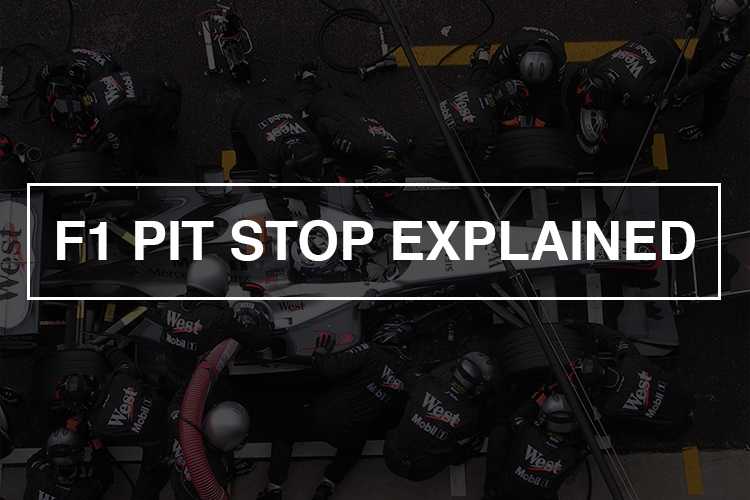
F1 pit stops 101 | All rules simply explained
Did you know that the average F1 pit stop takes just under three seconds?
In that time, 4 tires are changed, and any necessary adjustments are made. In a sport where fractions of a second can make….Read more
-
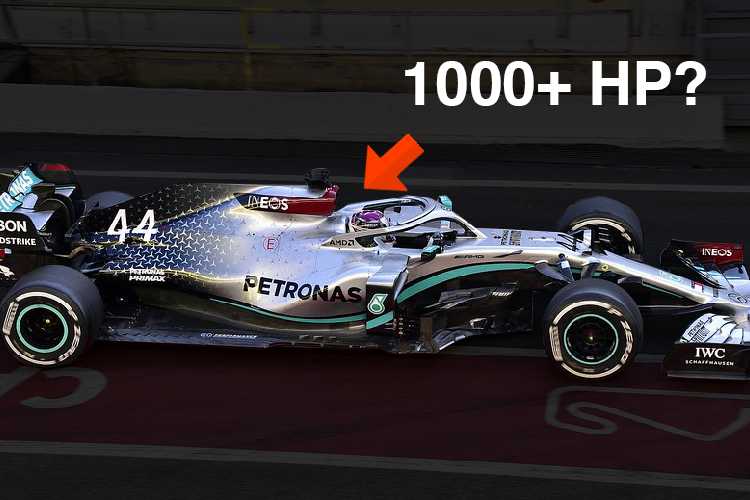
How much horsepower does an F1 car have?
When it comes to F1 race cars, you may think that it’s all about speed.
However, there are many regulations to ensure that f1 car manufacturers put their design beyond the limit and satisfy these purposes….Read more

